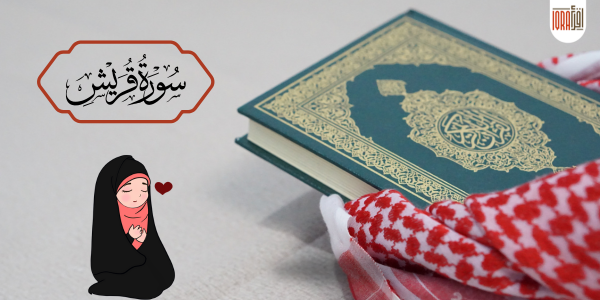The Day of Tarwiyah holds significant importance in the Islamic pilgrimage of Hajj. This blog post will explore the meaning of Tarwiyah, the activities that take place during this day, and its spiritual significance. We will also provide practical tips for pilgrims to make the most of their experience. By the end, you will have a clear understanding of why this day is essential and how it fits into the broader context of Hajj.
What Does Tarwiyah Mean?
The term “Tarwiyah” comes from the Arabic root word “rawa,” which means to quench thirst. Historically, pilgrims would prepare themselves and their camels by ensuring they were well hydrated before setting off on the journey to Arafat. The Day of Tarwiyah is the 8th day of Dhu al-Hijjah, the Islamic lunar month during which Hajj is performed.
The Significance of the Day of Tarwiyah
The Day of Tarwiyah marks the beginning of the most crucial phase of Hajj. Pilgrims travel from Mecca to Mina, where they spend the day in prayer and reflection. This journey is both a physical and spiritual preparation for the upcoming day at Arafat, which is considered the pinnacle of the Hajj pilgrimage.
Activities on the Day of Tarwiyah
- Ihram: Pilgrims enter a state of Ihram, a sacred state in which they must follow specific rules and wear plain white garments.
- Travel to Mina: Pilgrims travel from Mecca to Mina, a journey that symbolizes leaving behind worldly concerns.
- Prayer and Reflection: Once in Mina, pilgrims spend the day in prayer, reading the Quran, and reflecting on their faith.
Spiritual Preparation
The Day of Tarwiyah is a time for pilgrims to mentally and spiritually prepare for the Day of Arafat. It is a day of introspection, where pilgrims can focus on their relationship with Allah and seek forgiveness for their sins.
Practical Tips for Pilgrims on the Day of Tarwiyah
- Stay Hydrated: As the name suggests, ensuring you are well-hydrated is crucial. Drink plenty of water throughout the day.
- Rest Well: The journey ahead is demanding, so make sure to rest and conserve your energy.
- Follow the Rules of Ihram: Be mindful of the rules and restrictions that come with being in a state of Ihram.
The Journey to Mina
Traveling from Mecca to Mina is a journey of about 8 kilometers. While this might not seem far, the sheer number of pilgrims making the journey can make it a challenging experience. Here are some tips to help you navigate this part of Hajj:
- Travel Light: Only carry essentials with you to make the journey easier.
- Be Patient: The roads will be crowded, so patience is key.
- Stick with Your Group: If you are traveling with a group, stay together to avoid getting lost.
The Importance of Mina in Hajj
Mina is known as the “City of Tents” because of the thousands of tents set up to accommodate pilgrims. It is here that pilgrims will perform the first Rami, the symbolic stoning of the devil, which takes place over three days. Mina is also significant for being the location of the Prophet Ibrahim’s (Abraham’s) act of obedience to Allah when he was willing to sacrifice his son Ismail (Ishmael).
Preparing for the Day of Arafat
The Day of Arafat is the most important day of Hajj, and the Day of Tarwiyah serves as a prelude to this significant event. Pilgrims use this day to prepare themselves mentally, physically, and spiritually for the intense worship and reflection that will take place at Arafat.
Key Preparations
- Spiritual Cleansing: Engage in acts of worship and seek forgiveness for past sins.
- Physical Preparation: Ensure you have everything you need for the journey to Arafat, including food, water, and any necessary medications.
- Mental Readiness: Spend time reflecting on the significance of the Day of Arafat and what it means for your spiritual journey.
Conclusion: Embrace the Spiritual Journey
The Day of Tarwiyah is an essential part of the Hajj pilgrimage. It is a day of preparation, reflection, and spiritual renewal. By understanding its significance and following the practical tips provided, pilgrims can make the most of this sacred day.
If you are preparing for Hajj or want to learn more about the spiritual journey, consider signing up for our comprehensive program at Iqra Network or explore our extensive range of courses here.
For further reading on the significance of the Day of Tarwiyah, visit this detailed article by the Saudi Gazette.
Remember, Hajj is not just a physical journey but a profound spiritual experience. Make the most of every moment and embrace the lessons and blessings that come your way.





0 Comments
Oops comments are disabled